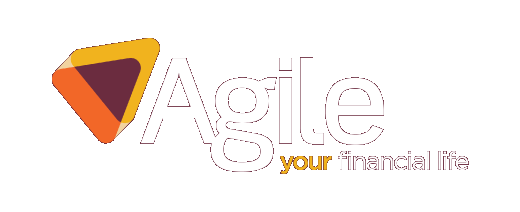Data released by Scotland’s largest health board has highlighted the potential challenges families could face if a loved one doesn’t have a Power of Attorney in place.
According to a BBC report, in NHS Greater Glasgow and Clyde, a third of patients who are delayed getting out of hospital are stuck because they don’t have a Power of Attorney, the Scottish equivalent of the Lasting Power of Attorney (LPA) available to residents of England and Wales. This means there isn’t someone to make decisions on behalf of a patient if they no longer have the mental capacity to do so, which might mean they can’t be discharged.
An LPA is a legal way to give someone you trust the power to make decisions if you’re unable to make them yourself.
Without an LPA in place, loved ones will usually need to apply to the Court of Protection to be appointed your “deputy”. The process of becoming a deputy can be lengthy and may be costly.
In addition, the court may appoint someone as your deputy that you would not choose yourself or haven’t spoken to about your wishes.
Despite this, a March 2025 survey from the Phoenix Group found only 8% of people have an LPA/Power of Attorney in place, and just 13% said they knew a lot about the legal arrangement.
If you haven’t named an attorney by registering an LPA, essential decisions could be delayed.
You can name more than one person as an attorney and state whether they can make decisions separately or if they must make them together. It’s important to consider who you choose as an attorney – someone who understands your wishes and you can trust to act on your behalf.
There are two types of LPA, and both may be useful.
Health and welfare LPA
As the BBC report highlights, there are times when people cannot make health and welfare decisions themselves. It could mean you’re left in a vulnerable or uncomfortable position as your loved ones are unable to act if you don’t have an LPA in place.
In addition to managing care following a hospital stay, a health and welfare LPA might cover decisions like:
- Your daily routine
- Moving into a care home
- Medical care, including life-sustaining treatment.
Naming a health and welfare LPA allows your family or other loved ones to make decisions that could support your wellbeing and quality of life.
Property and financial affairs LPA
If you cannot make decisions yourself, your financial affairs could quickly fall into disarray.
Think about all the financial decisions you make regularly. You might need to withdraw an income from your pension, move money into a separate account to pay for utility bills, or go grocery shopping.
A person named as your property and financial affairs attorney might make decisions about:
- Paying your bills
- Selling your home
- Collecting your pension
- Managing your bank account or other assets.
So, naming an attorney could keep your finances on track and ensure you remain financially stable, whether you live independently or move so you have greater support in your day-to-day life.
You can complete an online form to register an LPA
You can fill in the forms necessary to name an attorney online or a solicitor could help you. You must register your LPA with the Office of the Public Guardian for it to be valid, or your attorney will not be able to make decisions for you.
It usually costs £82 to register each LPA unless you benefit from a reduction or exemption.
You should note that it can take 10 weeks to make an LPA if there are no mistakes. So, if it’s a task you’ve been putting off, making it a priority could be worthwhile and offer you peace of mind.
Contact us to talk about your estate plan
It may be useful to consider naming an attorney as part of a wider estate plan, which might consider areas like funding care costs, passing on wealth during your lifetime, and writing a will.
If you’d like to review your estate plan, please get in touch. As well as talking about your options and how to manage your finances later in life, we could also help you speak to your loved ones so they understand your wishes should they need to make decisions on your behalf in the future.
Please note:
This blog is for general information only and does not constitute financial advice, which should be based on your individual circumstances. The information is aimed at retail clients only.
The Financial Conduct Authority does not regulate Lasting Powers of Attorney or will writing.











